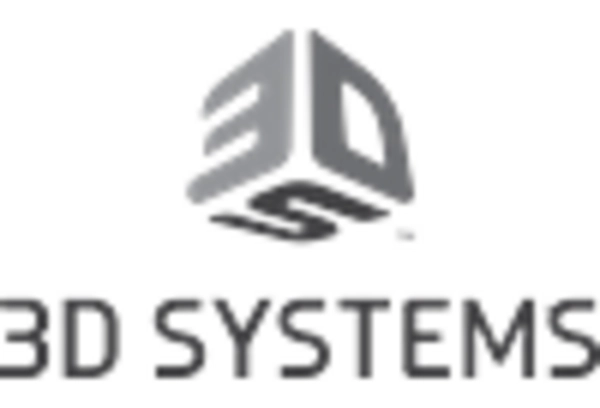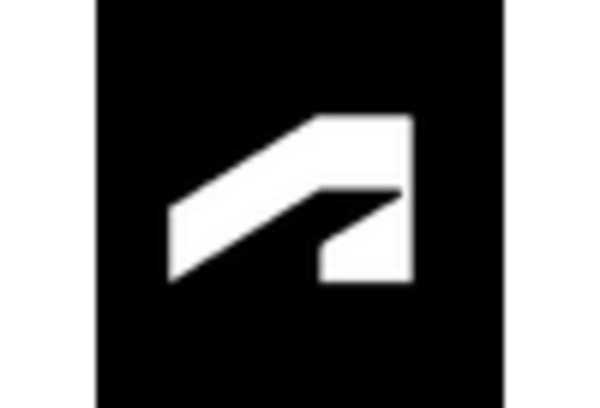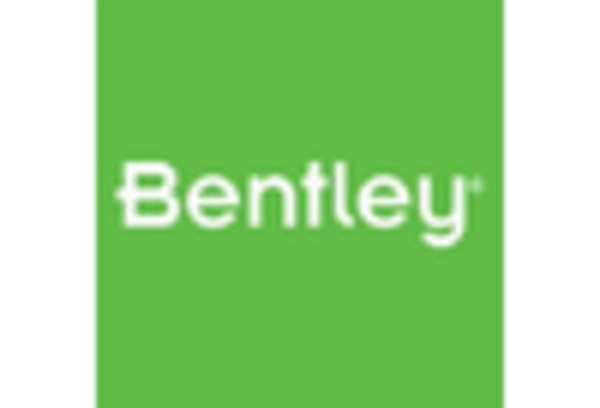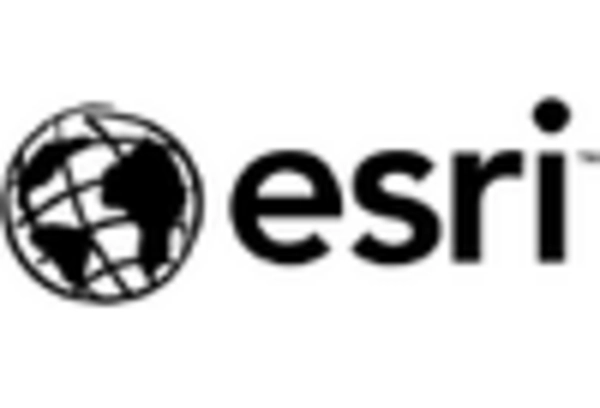Government Initiatives and Funding
Government initiatives aimed at improving infrastructure and urban planning are significantly influencing the 3D Mapping-Modelling market. Various federal and state programs are increasingly allocating funds for advanced mapping technologies to support smart city initiatives and environmental conservation efforts. For instance, the US government has invested millions in projects that utilize 3D mapping for disaster management and urban development. This financial backing not only stimulates market growth but also encourages innovation within the industry. As public sector demand for accurate and efficient mapping solutions rises, the 3d mapping-modelling market is poised to expand, potentially leading to new partnerships between government entities and private sector firms.
Technological Advancements in Imaging
The 3D Mapping-Modelling market is experiencing a surge due to rapid technological advancements in imaging techniques. Innovations such as LiDAR and photogrammetry are enhancing the accuracy and efficiency of 3D models. These technologies allow for the collection of high-resolution data, which is crucial for various applications, including urban planning and environmental monitoring. The market is projected to grow at a CAGR of approximately 15% over the next five years, driven by the increasing demand for precise mapping solutions. As industries recognize the value of accurate 3D representations, investments in imaging technology are likely to escalate, further propelling the 3d mapping-modelling market. This trend indicates a shift towards more sophisticated tools that can deliver detailed insights, thereby enhancing decision-making processes across sectors.
Growing Interest in Smart City Development
The concept of smart cities is gaining traction in the US, significantly impacting the 3D Mapping-Modelling market. As urban areas strive to become more efficient and livable, the demand for advanced mapping solutions is increasing. 3D mapping plays a crucial role in the planning and management of smart city projects, providing essential data for infrastructure development, traffic management, and public services. The market is expected to grow as municipalities invest in technologies that enhance urban living conditions. With an estimated $1 trillion earmarked for smart city initiatives over the next decade, the 3d mapping-modelling market stands to benefit from this trend, as it provides the necessary tools for effective urban planning and management.
Increased Focus on Environmental Sustainability
The growing emphasis on environmental sustainability is driving the 3D Mapping-Modelling market as organizations seek to minimize their ecological footprint. 3D mapping technologies enable detailed analysis of land use, resource management, and environmental impact assessments. This capability is particularly relevant in sectors such as agriculture and forestry, where precise mapping can lead to more sustainable practices. The market is likely to see increased adoption of these technologies as businesses and governments prioritize sustainability initiatives. Furthermore, the integration of 3D mapping with Geographic Information Systems (GIS) enhances the ability to visualize and analyze environmental data, thereby supporting informed decision-making in conservation efforts. This trend suggests a promising future for the 3d mapping-modelling market as it aligns with global sustainability goals.
Rising Demand in Construction and Infrastructure
The construction and infrastructure sectors are significant drivers of the 3D Mapping-Modelling market. As urbanization continues to accelerate, the need for efficient planning and management of construction projects has become paramount. 3D mapping technologies facilitate better visualization of project sites, enabling stakeholders to identify potential issues before they arise. In the US, the construction industry is expected to reach a value of $1.5 trillion by 2026, with a substantial portion allocated to advanced mapping solutions. This growing investment underscores the importance of 3D modelling in optimizing resource allocation and enhancing project outcomes. Consequently, the 3d mapping-modelling market is likely to benefit from this trend, as more companies seek to integrate these technologies into their workflows.
















Leave a Comment